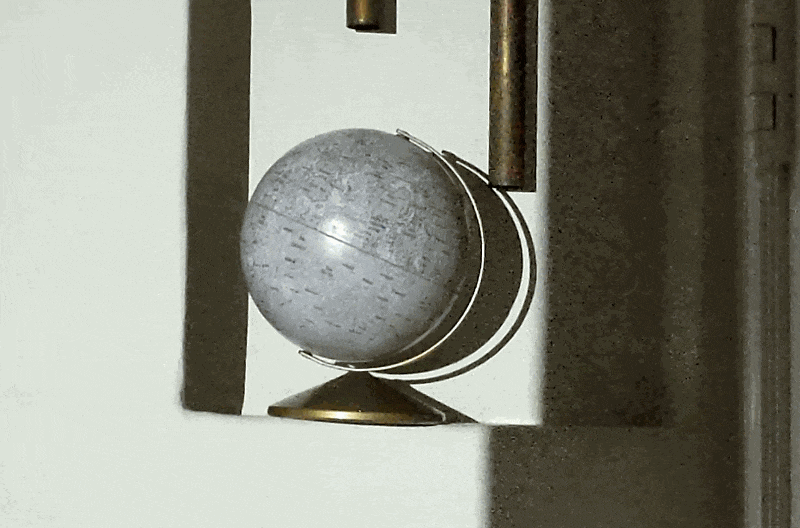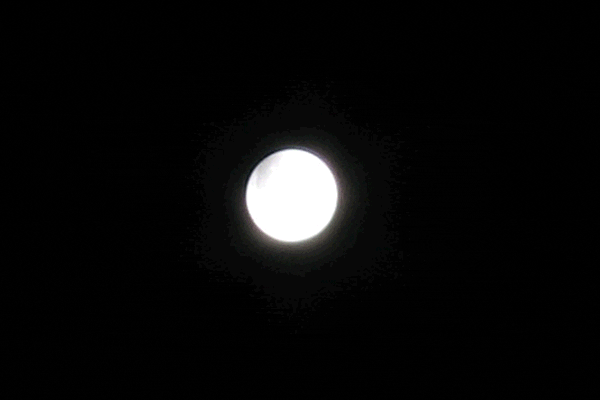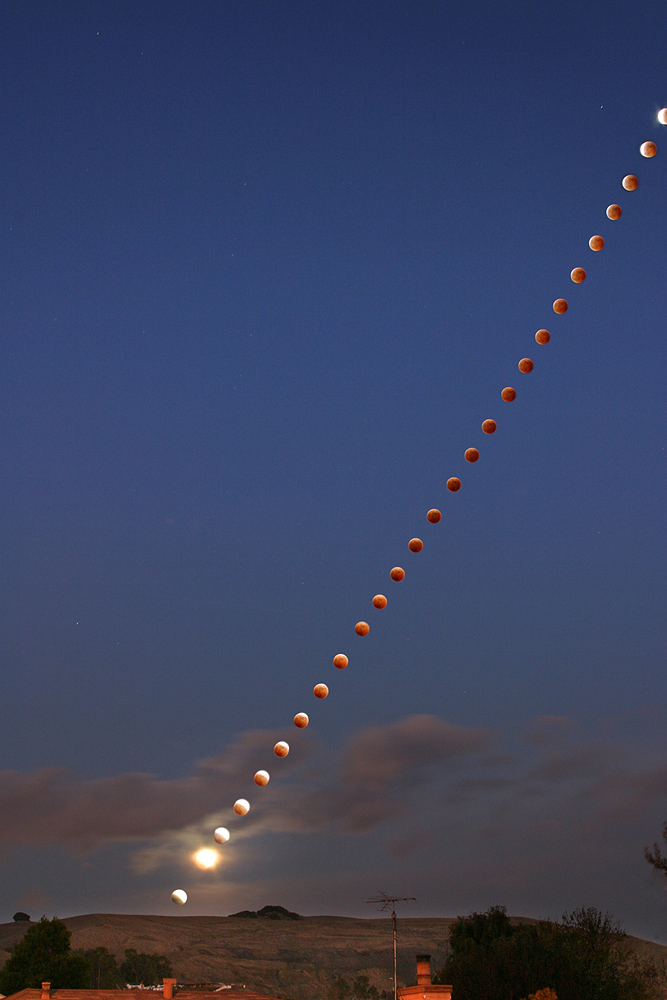Alright, let's get into this.
I chose this article specifically because it concerns one specific mechanism or theory, it's just a bit narrower in scope than some other things.
My first point of contention is with the curved shadow section. It contains two gifs, one showing a model of the moon with a flat object casting a shadow

and the other showing an image of what the moon actually looks like.

There seems to be a notable difference here. Yes, the shadow on the model is curved, but it curves with the surface of the moon. From the point of an observer looking up at the moon while a straight shadow is cast upon it, the shadow is notably different from the one actually observed. This is what the gifs illustrate. I just find it odd that evidence counter to the model being proposed is actually in the article. It says "Compare the warping of the shadow in the above example to the shadow on the real Moon during a Lunar Eclipse:", and there's a noticeable difference in the nature of the shadow.
The second main part of this also has some issues- it explains how the shadow on the moon seems to rotate during an eclipse, by about 120 degrees, and then shows this image:

without really saying why. It seems to be completely removed from any modelling, and could benefit from clarification. Again, the article explains a phenomenon without giving any explanation as to why it happens in the flat earth model. I could guess the author's intention- by creating a model which shows the moon moving out of the ecliptic, it shows a possible reason for why the shadow changes angles. I have another reason.
One of the sources shown is a timelapse of the total lunar eclipse which occured October 27, 2004:

I chose this one because it has a lot of data points and we know precisely where it was taken. I entered it into a round earth eclipse calculator
https://in-the-sky.org/news.php?id=20041028_09_100.
In the image, the moon starts partially shaded, having come up from behind a hill. The shadow moves up from the lower left of the moon (in the timelapse, until it covers the entire body. The moon becomes red, and there is a light section which moves from the right of the moon, across the top, and over to the left. Finally, the shadow uncovers the moon, moving off to the left. Using the calculator, you can see that the path the shadow takes is also easily explained by the Round Earth Model.
This doesn't debunk the wiki article, though, so I'll now examine the same mechanism in a flat earth model. This is what sinks this explanation.
I took this image from the wiki

and exported it into a free graphing program.
I then extrapolated the circles to their full size. I haven't figured out how to embed images I upload, but I've attached them here.
There's a problem here. Rather obviously, the edge of daylight curve
dwarfs the moon's path. For the model to look like this, the arc of the moon would have to be significantly off center from the earth, or the daylight curve would. So this diagram can't work
I'll be responding to posts as usual. Let's focus on this one article, though.